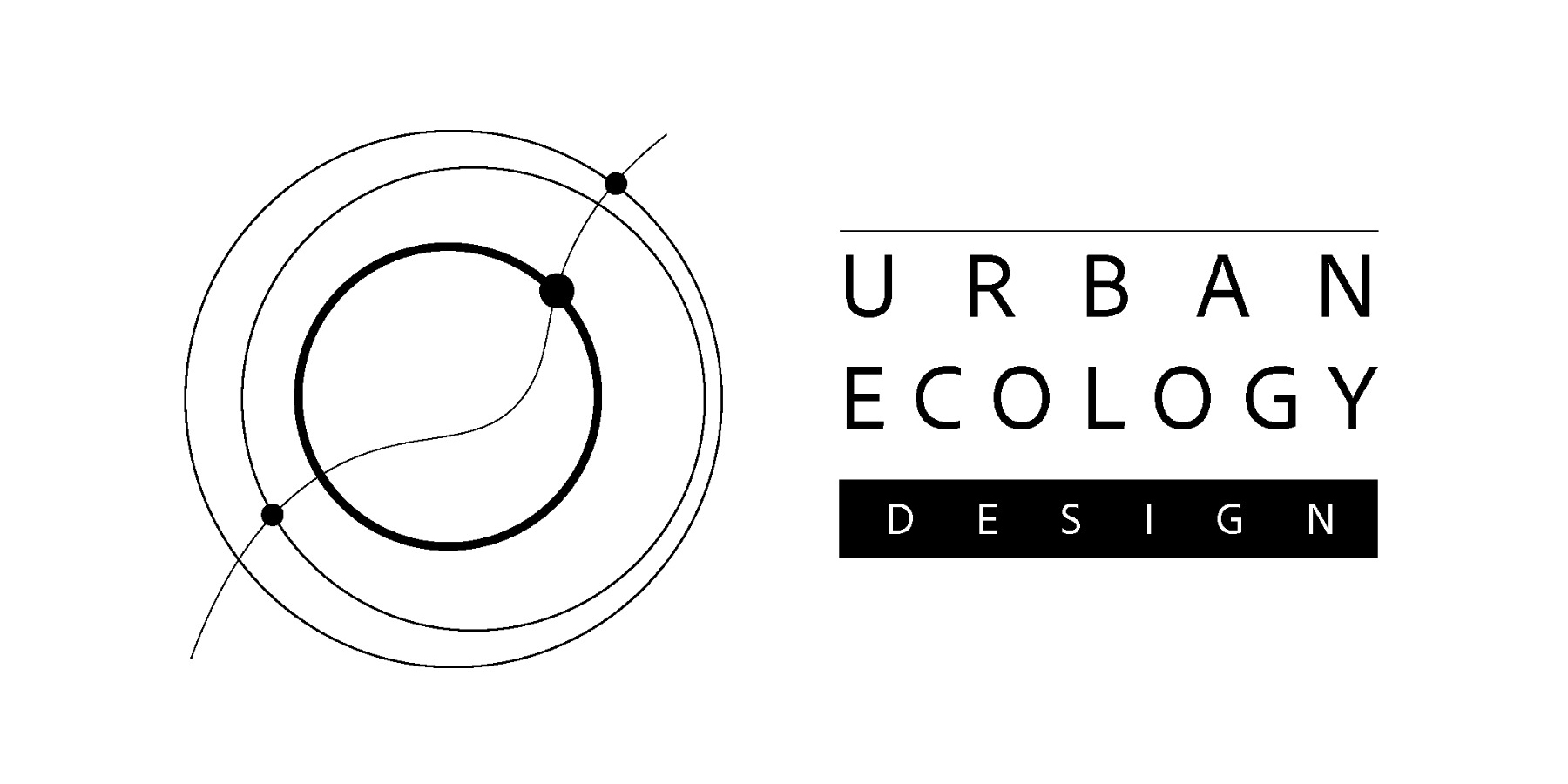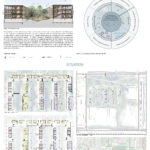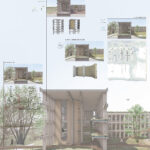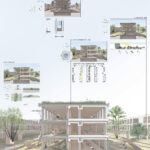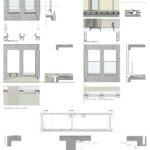The Natural In-Between Place for Stress Relief through Biophilic Design
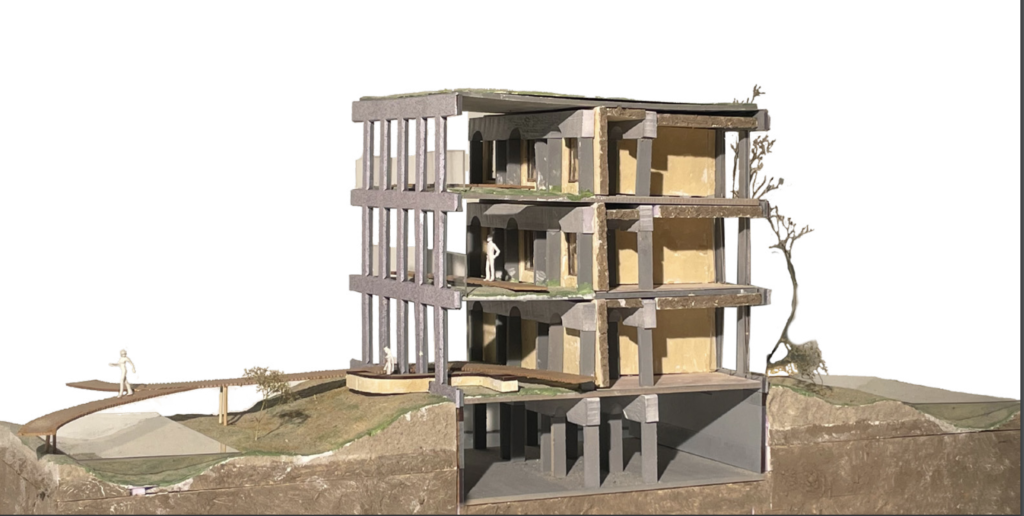
‘‘97% of TU Delft students experience stress, with 70% experiencing excessive performance pressure and 51% reporting psychological complaints such as anxiety and gloom’’ (Rooijakkers & TU Delta, 2021)
A SIGNIFICANT CHALLENGE WE FACE IS FINDING WAYS TO INTEGRATE NATURE INTO OUR BUILT ENVIRONMENT FOR STRESS RELIE
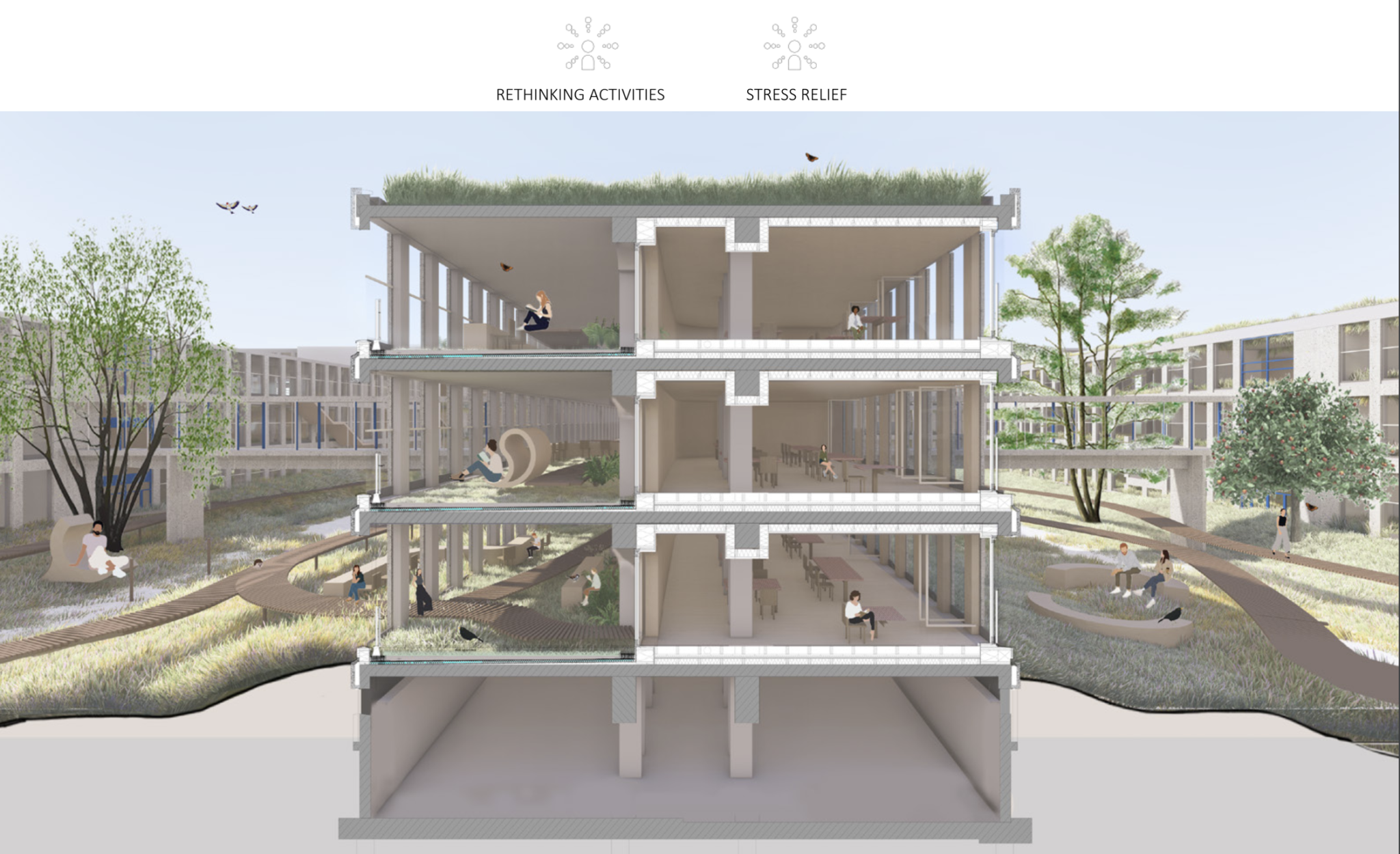
Author
Masja Rietveld
Location
TU Delft, The Netherlands
Mentors
Smit, M.J.
Dr.ir. Nico Tillie
Project links
The Natural In-Between Place for Stress Relief through Biophilic Design
We humans evolved in nature, but over the years we moved from being a part of nature to being apart from nature. This causes our mental health, with stress as the most important aspect, to suffer from our modern life in the city. A significant challenge we face is finding ways to integrate nature into our build environment for stress relief.
A solution can be found in biophilic design which draws on our biologically ingrained tendency to interact with and experience nature. The problem, however, is that there are already many studies demonstrating the mental health qualities of biophilic designs, but there is not yet a translation for application for the architect. This translation was made within this project by creating a design guide as thesis, concluding with a tool for architects. Then, the TNW building on the TU Delft Campus was used as a prototype, since 97% of students at TU Delft experience stress and this building will become vacant.
To provide stress relief, the renovation design shows a new way of living by investigating the ‘natural in-between place’, from the user’s perception. The natural in-between space is created by first opening the building for natural light and fresh air. Then the landscape flows in and the structure is revalued. This creates a new renovation approach. This renovation approach focuses on showing natural processes for multiple senses, which is the conclusion of the stress relief tool. The natural processes arise from integral interventions of building requirements and an ecologically future-proof landscape. An example is the water system. Rainwater is collected on the retention roof. This water passes through a small waterfall in the natural in-between place to storage.
After use, it flows through a helophyte filter. Then it goes to the campus water grid and the water can be reused. In this process, the Mekelpark acts as a seasonal buffer. These natural integral interventions respond to the user perception, for example by providing fresh breaks, more leisure time in quality nature and awareness of natural processes.
The natural in-between place forms the connection between an ecological landscape and student activities such as living, studying, sports and culture. Besides the main ambition theme perception, the following ambition themes are also part of the design: sustainability through awareness of natural processes, climate design, healthy natural and local materials.
